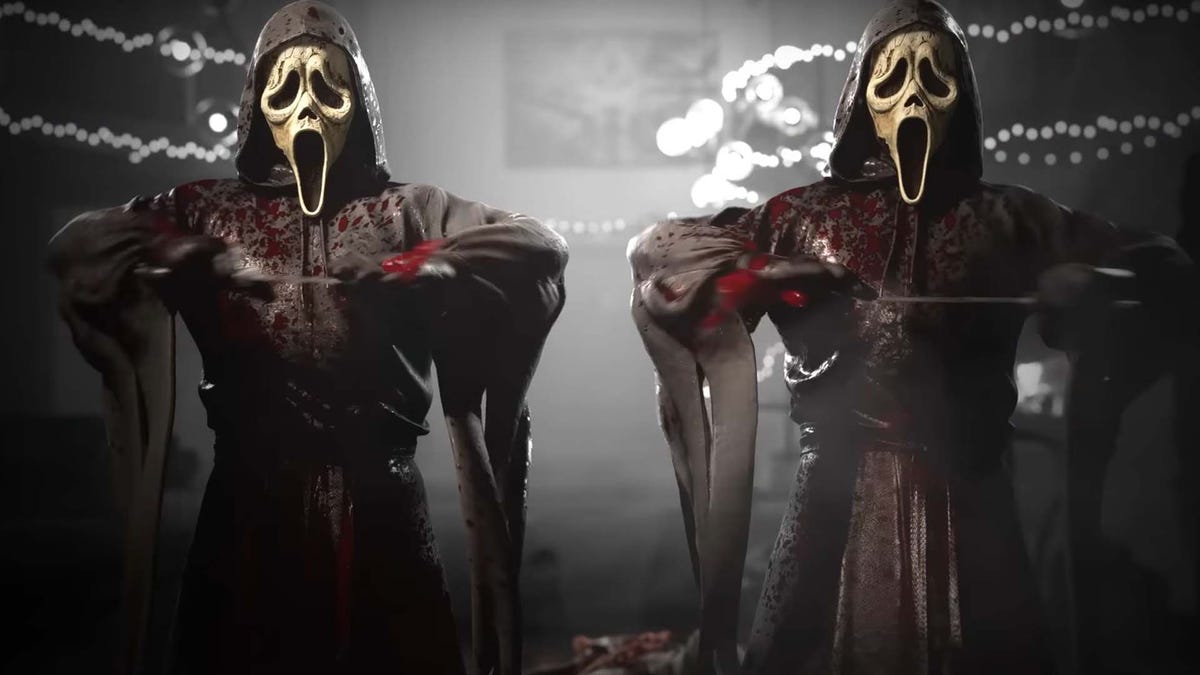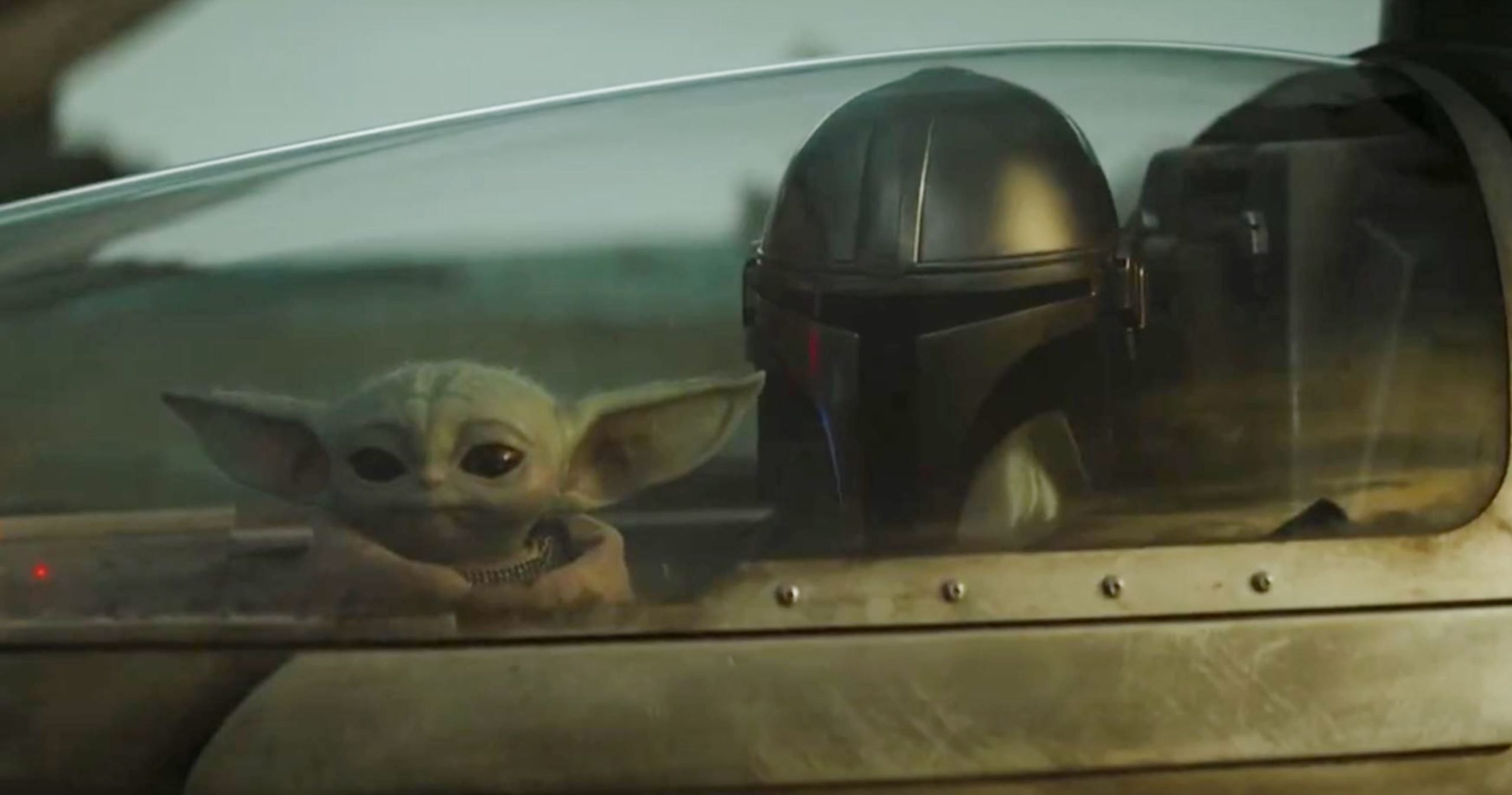In a way, it’s a surprise that Sony has taken so long to bring one of its most iconic series to virtual reality. The first PSVR initially lacked the power of these IPs to attract people to the platform. Sony may have realized this as PS VR2 launches alongside a new parallel adventure set in the Horizon universe. No, we’re not talking about a 30+ hour open-world monster (do you really want to play something like that in VR?), nor is it one of those infamous “VR experiences” that were all too common in the early years of PSVR. .
But what is that then, the curious reader will probably ask. Well, like many other big-budget narrative VR games (maybe we can even call them AAA developments), Horizon Call of the Mountain is similar in length and scope to the blockbusters of the PS2 generation. In other words, it’s linear, runs under 10 hours, and keeps its systems relatively simple so you can focus on introducing new tools and scenarios to keep the experience fresh. It’s a celebration that makes good use of the new VR capabilities, and the big Horizon classics are also on the menu: bow and arrow combat, light exploration and material gathering, crafting and, as the title suggests, death-defying mountaineering. .
Of course there is also a story. It centers on former Shadow Carja Ryas, who is sent on a mission to find his missing brother in exchange for a reprieve after detecting a mysterious signal. It’s a decent starting point, but the story never really develops into anything exciting. Partly because Ryas never really develops into a compelling character, and the late introduction of a fairly generic villain whose master plan doesn’t really scare the game the way the game intended doesn’t do the story any favors either. It also doesn’t help to focus on the Carja. Yes, we’ve spent quite a bit of time with them in the main games, but Horizon’s tribes and internal and external conflicts have never been the most compelling part of Horizon’s story, and it shows here.
Advertising:
The search for Ryas mainly takes us through an incredibly picturesque valley and its surrounding mountains, inviting to practice the mentioned climbing. Still, I was surprised at how important climbing is in the game. You definitely spend more time hanging from a ledge than with your feet on the ground. Thankfully, Firesprite and Guerrilla spice up the usual VR escalation with a handful of tools that you can put together manually and then feel free to use. For example, the solid and satisfying pickaxe is great for scaling ice walls, and the grappling hook allows you to cross wide gaps. However, not all tools are equally fun. For example, the grappling hook has a delay in casting, ruining its potential, but the frequent introduction of new tools keeps the scaling pretty fresh throughout the game’s eight hours. But only almost, because in the end it gets a bit tedious, even if the system works really well.
However, I never got tired of the fantastic view. With every ascent you conquer, a wonderful new view of the valley is revealed. Horizon Call of the Mountain is certainly one of the better looking VR games, although the excellent look-around intro has a visual quality unmatched in the “real game”. As mentioned, most of the game takes place in a single valley from which you can see the various landmarks that make up the levels. The massive metal demon looks particularly imposing from its perch on a snowy peak, and when the locations are visible to all, the world feels more cohesive.
Advertising:
Of course, if the environment is one of the highlights, the machines are another. From the first breathtaking encounter with a longneck regally crossing your path, unaware that it has almost crushed your canoe, to the mighty roar of a thunderer that shakes the hull, the machines are even more impressive in VR than on flat screen . And just like the main games, not all are hostile, so sit back and watch a herd of Gallopers. It’s a spectacle to behold.
Although not everything can be peace, love and harmony. Sometimes Ryas has to fight to the death against the most aggressive machines. Combat isn’t a big part of the game, but it’s still one of the key elements. In combat, you are not allowed to move freely, but only in a circle to the left or right. On the one hand it seems a bit restrictive, but the advantage of the system is that it allows you to aim well with your bow or slingshot and dodge enemy attacks. This makes for some fun encounters where you’ll switch arrow types frequently to turn the tables. Against particularly strong enemies like the Thunderer, my strategy was to freeze him with the Slingshot’s Ice Bombs, then switch to Precision Arrows to deal maximum damage to the weak parts of the crippled machine. Firing the bow and sling activates the adaptive triggers and haptic feedback, making the simple act of drawing an arrow from your back and firing it a real joy. The dodge mechanics work as expected (I used the new and efficient gesture-based system, which requires pressing buttons in combination with various gestures, but there’s a traditional control scheme that also works well), but it lacks finesse. As long as you’re moving, it’s relatively easy to dodge incoming attacks, and I wish there were more enemies like the Junker that require you to duck under attacks to dodge, as constantly moving left or right is a bit repetitive .
There are also sequences (both walking and climbing) where sneaking between machines is the best option. A well-executed sequence early in the game sees you hiding behind hanging carts in an abandoned mine while waiting for the right moment to climb to the next hiding place. More sequences of this nature would have been desirable, especially on foot since that aspect of the game is the weakest. The moments on foot when Ryas is not in combat usually consist of transporting you to the next escalation or combat scenario. To be fair, there’s a bit of light exploration where you search for collectibles, armor pieces, and items to craft special arrows, but this part of the game could have been a bit more polished.
Overall, Horizon Call of the Mountain lacks the extra polish usually associated with first-party Sony titles. Ryas sometimes gets stuck in vegetation and textures near him sometimes load too slowly. Worse, the editing between levels is handled awkwardly, with a sudden transition to black, and the way the camera resets when entering a combat section is equally unnerving. This makes the various parts feel a bit disjointed, which unfortunately breaks the excellent immersion created by the lush environments and compelling soundtrack.
In this way, the whole is less than the sum of its parts. I have a lot of good things to say about the graphics, sound, climbing, and combat, but they’re betrayed by a generic story, undercooked sections on foot, and an ensemble cast that doesn’t quite come together cohesively. Horizon Call of the Mountain puts Sony’s shiny new hardware on display nicely and takes you on a fun and varied tour of the lesser-known parts of the Horizon universe, but it’s no system seller.













